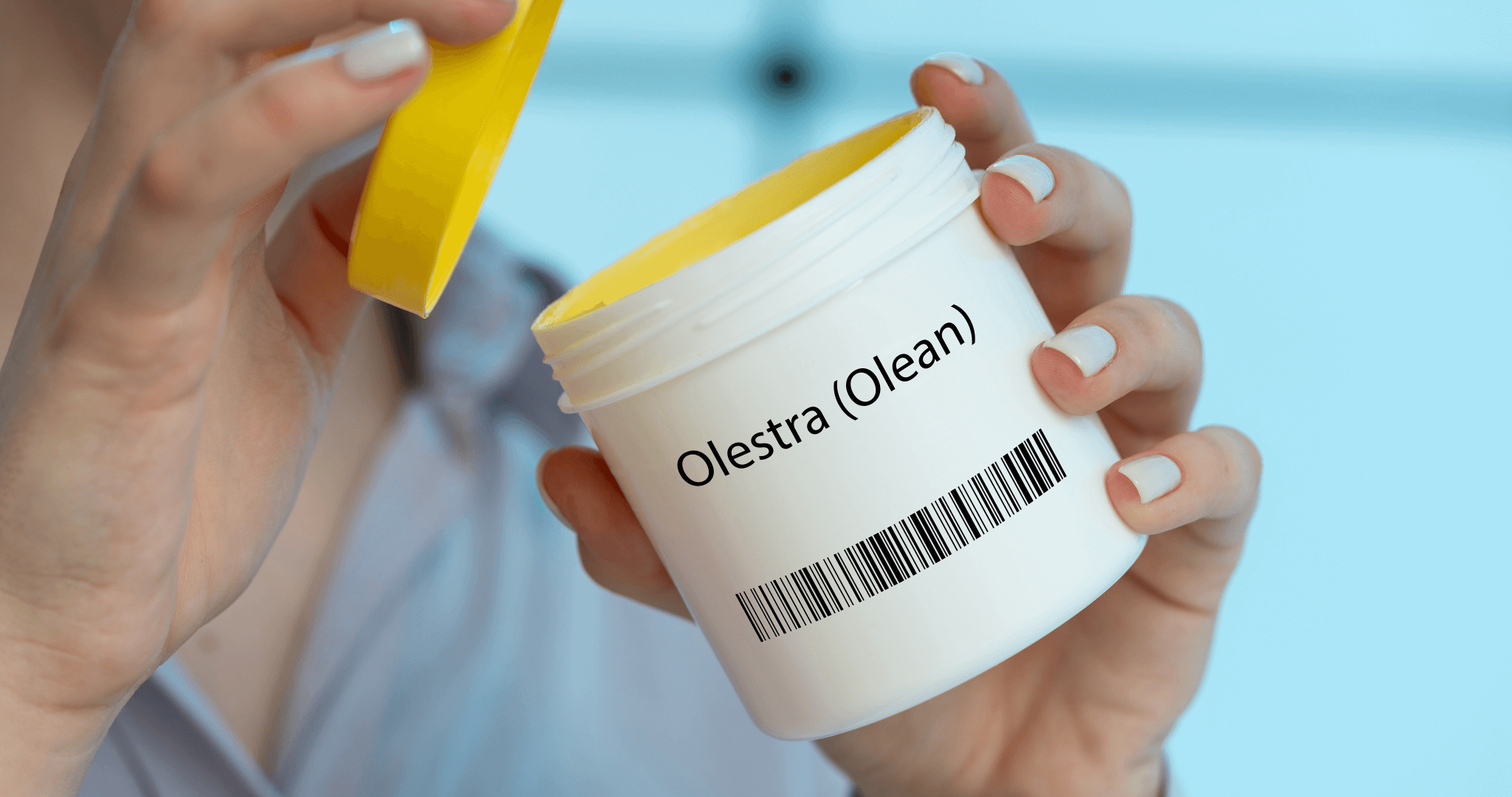Forbidden Additives: The UK's Stance on Hazardous Food Ingredients
Posted by Emily on 13th Oct 2023 Reading Time:
It seems a matter of common sense today that hazardous substances like arsenic, lead, and mercury should be strictly off the menu. Yet, journey back two millennia, and Roman scholars would be sipping lead-sweetened wine, while the Industrial Revolution saw food items laced with copper arsenate and lead to appeal especially to children.
Historically, pursuing palatable and visually appealing food has sometimes led producers down a dangerous path. Thanks to the advancement of science and comprehensive regulations, the UK now guards against such reckless food preparations.
A memorable campaign in the 2000s by the Food Standards Agency (FSA) encouraged the food industry, particularly confectioners, to ditch dubious colourings in favour of natural alternatives. A nostalgic casualty of this push was the blue Smarties, which went AWOL until Nestlé identified spirulina as a safer colouring substitute.
But who ensures food safety? While contemporary watchdogs such as the Food Standards Agency and Food Standards Scotland, founded in the early 2000s, hold significant authority, the genesis of food safety consciousness traces back to the Industrial Revolution.
By 2022, the FSA has taken the reins on determining food safety standards, albeit the Health Minister retains veto power. However, many regulations remain a legacy of the UK's tenure in the EU.
Professor Robin May, the FSA's Chief Scientific Advisor, emphasises the UK's dedication to ensuring food safety since Brexit: "We've honed our risk analysis process to be more responsive to technological advances and changing consumer preferences."
The FSA's modus operandi encompasses a three-pronged approach:
- Risk Assessment: Conducted in collaboration with external professionals and expert groups.
- Risk Management: Determining control measures post-assessment, such as product labelling or usage limits.
- Risk Communication: Disseminating details of risks and control measures to the public and other stakeholders.
One notable discourse in food safety concerns E-numbers, an EU classification system. E-numbers often receive a bad rap, associated with hyperactivity and unhealthy diets. Yet, the majority are innocuous, if not beneficial. Certain E-numbers, like Red 2G (E-128) and the infamous 'Southampton Six', have been flagged as problematic.
What are the Southampton Six?
- E102 Tartrazine - Widely used yellow food colouring. May cause allergic reactions in perhaps 15 per cent of the population. It may be a cause of asthmatic attacks and has been implicated in bouts of hyperactivity disorder in children. Those who suffer from asthma, rhinitis, urticaria may find symptoms worsen after consumption.
- E104 Quinoline Yellow - Widely used food colour. As the name suggests, E104 is a synthetic yellow colouring and is used in products such as smoked haddock and scotch eggs to provide a yellow tinge. Already banned in countries such as Japan, America, Australia and Norway, the colouring has been linked to health and hyperactive problems in children.
- E110 Sunset Yellow - Widely used food colourSome animal studies have indicated growth retardation and severe weight loss. People with asthma, rhinitis or urticaria should avoid this product.
- E122 Carmoisine - Widely used food colour. E122 is a synthetic red dye that’s used as a colouring in many foods. Already banned in several countries, including Norway, Japan, America and Sweden, this colouring is found in products such as sweets, yogurts, packet soup, jelly and jam. It has been positively linked to hyperactivity in children and the UK government recommend that children may be better avoiding it, but it can also cause allergic reactions in adults too.
- E124 Ponceau 4R - Widely used food colour. People who suffer from asthma, rhinitis, urticaria, may find their symptoms become worse following consumption or foods containing this colouring.
- E129 Allura Red - Widely used food colour. E129 is a red or orange like synthetic dye which is used as a food colouring in drinks and sweets. As well as being linked to hyperactive behaviour in children, it may also cause allergic skin reactions in adults, especially anyone sensitive to aspirin. It’s worth noting that E129 has already been banned in many countries, including France, Germany, Belgium, Austria, Norway and Sweden.
Ingredient safety debates aren't always clear-cut. Nitrates and nitrites, for instance, prevalent in processed meats, have contentious standing. Similarly, while the EU has proscribed titanium dioxide due to cancer links, the UK begs to differ, relying on alternate research indicating safe consumption levels.
Forbidden Ingredients in the UK and EU include:
- Potassium Bromate: Previously used in bread-making, it is now recognised as a potential carcinogen.
- Olestra: A calorie-free fat substitute linked to gastrointestinal issues.
- Brominated Vegetable Oil (BVO): Known to cause bromism when consumed in high amounts.
- Azodicarbonamide: Previously found in ready meals and baked goods, it has connections to respiratory ailments.
- Sudan Dyes: Synthetic colours linked to cancer.
- Titanium Dioxide: Banned by the EU for potential cancer risk but still authorised in the UK.
Food safety remains an ever-evolving domain. As science progresses, we're bound to identify other problematic ingredients. Drawing from past experiences such as the Fukushima nuclear disaster in 2011, the FSA is ever vigilant. The incident prompted an immediate ban on food imports from the region, a measure that has since been relaxed and entirely revoked in June 2022.
The FSA concedes there will always be uncertainties in science and decision-making. However, with an array of strategies at their disposal, they remain committed to ensuring the UK's food remains safe.




